50 years of ducktail Porsche, Travis Pastrana eyes 300 mph, chip shortage dooms 4.2M vehicles in 2022
Porsche’s first “ducktail” 911 turns 50
Intake: The Porscheplatz museum in Zuffenhausen, Germany has been taken over by the Carrera RS 2.7, 50 years after the lightweight, performance-oriented 911 variant made its debut. A special exhibition “Spirit of Carrera RS” details the history of the car through films, photos, posters, and interactive exhibits. Taking pole position is a yellow Touring, with a rare green prototype also on display alongside the many models that followed the pioneering Porsche of 1972. The Carrera RS 2.7 was the first series-production car to feature front and rear spoilers for added downforce. It was stripped out to cut weight back to just 2116 pounds in Sport form and the 210-hp, flat-six engine was developed by Hans Mezger and Valentin Schäffer just for the RS. “It’s the most direct technology transfer from motorsport to series production that ever occurred,” claims Porsche’s head of GT vehicles, Andreas Preuninger.
Exhaust: If you can’t make it to Germany to celebrate the RS in person, Porsche has launched a microsite for you to explore from home. It’s well worth a visit to dive deep into the story of the RS 2.7. Porsche engineers were so focused on performance, for example, they had no idea of the impact the car would have on automotive aesthetics. “At the time, I thought the spoiler was just a solution to a technical problem. It took me a long time to realize that we had created an icon,” reveals Hermann Burst, who coinvented the iconic ducktail spoiler. —Nik Berg
Travis Pastrana wants to go 300 mph

Intake: Daredevil Travis Pastrana, who tours with a group of stuntmen and women called the Nitro Circus, has never driven a nitro-powered vehicle. That’s scheduled to change today when Pastrana tries out NHRA Top Fuel driver Alex Laughlin’s nitromethane-powered Top Fuel Dragster. The team is staying over a day after Sunday’s race at zMax Dragway in Charlotte, North Carolina, to practice, and part of the plan is to get Pastrana—who we last discussed when he parachuted from the 46th floor of a high-rise building in downtown Fort Lauderdale and crashed after his chute malfunctioned, breaking a vertebrae and his pelvis—a pass at over 300 mph in the 1,000-foot strip. Laughlin qualified the car at 320.89 mph before being taken out in eliminations, so the car has the speed.
Exhaust: Pastrana, at 38, has never met a challenge he wasn’t up for, though many have ended in multiple broken bones. With his time spent in NASCAR (not very successful) and his Nitro Rallycross series (very successful), if he doesn’t hit 300 mph in the 11,000-horsepower dragster, it won’t be for lack of trying. —Steven Cole Smith
In lieu of jet, VW suggests booking an autonomous car
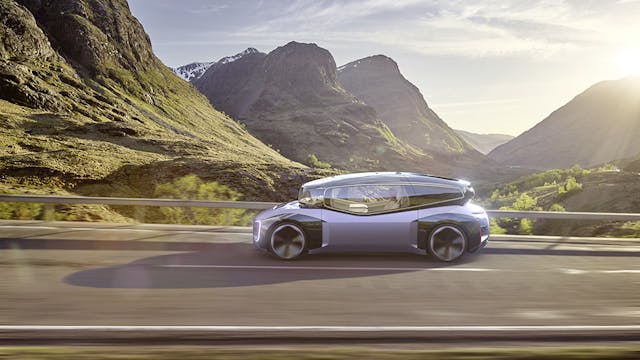
Intake: Volkswagen’s latest flight of fancy is a fully autonomous electric vehicle designed as an alternative to short-haul aircraft travel. The GEN.TRAVEL concept car sits somewhere between a sedan and an van in size and proportion and offers a customizable cabin that can seat up to four people. A business setting turns the interior into a workspace, and there’s a two-person sleeper setup for overnight trips. The GEN.TRAVEL is all-electric, fully autonomous, and would be booked as “mobility as service offering” rather than being put for sale. You’d summon the car by app and it would pick you up and take you door-to-door to your destination. “It shows us what autonomous driving will look like in the future. The GEN.TRAVEL embodies the visionary design of beyond tomorrow for the mobility of tomorrow. Efficient shaping characterizes the extremely distinctive design. Thus, in an age of technical perfection and virtually unlimited possibilities, ‘form follows function’ becomes ‘form follows freedom,’” says Klaus Zyciora, VW Group’s head of design.
Exhaust: Never mind the questionable styling, or the innumerable issues around autonomous driving—our biggest concern is that VW design boss Zyciora claims the GEN.TRAVEL shows how “the automobile will not only be better, but also more exciting than ever before.” —NB
Chip shortage dooms 96,700 more vehicles
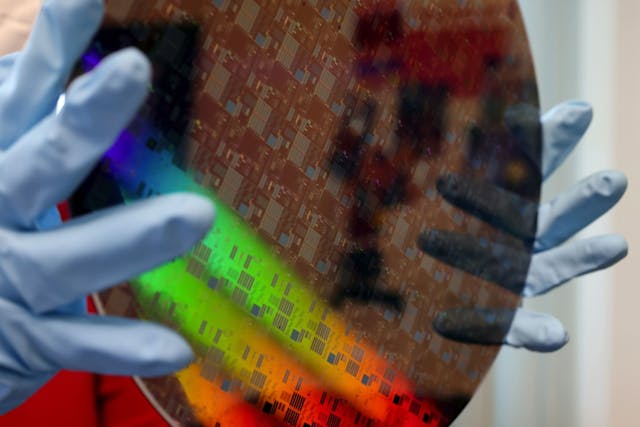
Intake: With the microchip shortage dragging on, automakers have been forced to cut 96,700 more vehicles from production schedules, according to the latest report from Automotive News, which spoke with industry analysis firm AutoForecast Solutions. Plants in every region of the world have been hampered by the shortage, including China, who had managed to steer clear of that issue through the earlier part of 2022. North American plants are cutting 54,000 vehicles out of their plans this week, while other Asian factories outside of China will lose 25,000. According to the report, AFS is now forecasting that the shortage will cost the global industry nearly 4.2 million units of production by year end.
Exhaust: We’ve seen automakers approach the shortage in various ways. Last year, General Motors was building a few models without certain content such as heated seats, to keep inventory flowing for hurting dealers. Ford has opted to stack nearly finished vehicles in holding sites, although not all of those are because of chip shortages. The CHIPS Act, which was passed earlier this year, will seek to bring more semiconductor manufacturing to U.S. shores in the coming years, but it’s not an immediate cure for the issues ailing the automakers. It’s a race against time to stem the bleeding. —Nate Petroelje
Goodyear the big loser in Sunday’s NASCAR race

Intake: It’s tough being a tire manufacturer for a race series like NASCAR: You never get mentioned for doing a good job with tire performance, but when something goes wrong, it’s a publicity nightmare. That’s what happened Sunday night at Texas Motor Speedway, when three separate drivers—Chase Elliott, Kevin Harvick and Martin Truex—crashed while leading the race because their right rear tire blew out, causing them to go into the wall. Christopher Bell’s car blew out a rear tire, and his car was repaired and he returned to the track, only to blow out a second right rear. Alex Bowman lost a tire, as did Ricky Stenhouse, Jr. Cody Ware lost a tire at full speed and hit the outside and the inside wall, sending him to the infield care center. “I don’t even know what to say,” Truex said. “Between crappy parts, tires exploding, and all the bullshit we’re dealing with, it’s a joke.”
Exhaust: This year, with NASCAR’s brand-new car, it’s been tough for Goodyear, the lone NASCAR tire supplier, to predict the perfect compound for each new track. Conditions changed dramatically at Texas: from a very hot, dry track in the sun to a steamy surface after a lengthy rain delay. The track cooled as the final part of the race ran under the lights. Teams experimented with tire pressure, deviating from the recommended numbers Goodyear supplies before every race. “It’s an unfortunate part of the learning experience,” said Scott Miller, NASCAR senior vice-president of competition. By the way, Tyler Reddick won the race. —SCS
Hybrid 911 GTS spied testing at the ‘Ring

Intake: Spy photographers caught this Porsche 911 mule testing at the Nürburgring this weekend, which they believe is a hybrid model. Porsche has said that its flagship model will undergo electrification in the near future, although unlike the 718 Cayman and Boxster, it will not transition to an entirely electric platform right away. Instead, it’s expected that the 911 will crib hybrid tech that was developed on the 919 race car, pressing the electric motor and battery into service in the name of performance first, rather than efficiency. This mule’s center-lock wheels hint that it might be the GTS model, a more driver-focused variant of the 911 than a normal Carrera. The existing 992-generation 911 GTS employs a 3-liter twin-turbo flat six, and while we’d expect that to remain in the forthcoming hybrid application, there’s no word yet on the particulars of the additional drive components. Some are speculating that rather than just a few 911s getting the hybrid treatment, all future 911s (excluding the GT-Series) will now become hybrid models.
Exhaust: The roughshod nature of this mule seems to indicate that there are a lot of stylistic choices yet to be finalized—from the mismatched wheels to the strange fog lights seemingly shoe-horned onto the front bumper to the mis-matched exhaust tips and sloppy rear bumper. Nevertheless, all great 911s spend a fair chunk of time in development at the ‘ring, and this one appears to be no different. If Porsche can capture some of the hybrid magic that made cars like the 918 Spyder so great, the next chapter of the 911 should be a plenty compelling story. That the GTS appears to play a role in that saga is encouraging; the GTS has historically represented a budget avenue to all of the desirable performance add-ons in the 911 arsenal without any of the luxurious frippery that can sometimes cause the sticker price to climb to dizzying heights—relatively speaking, of course. —NP

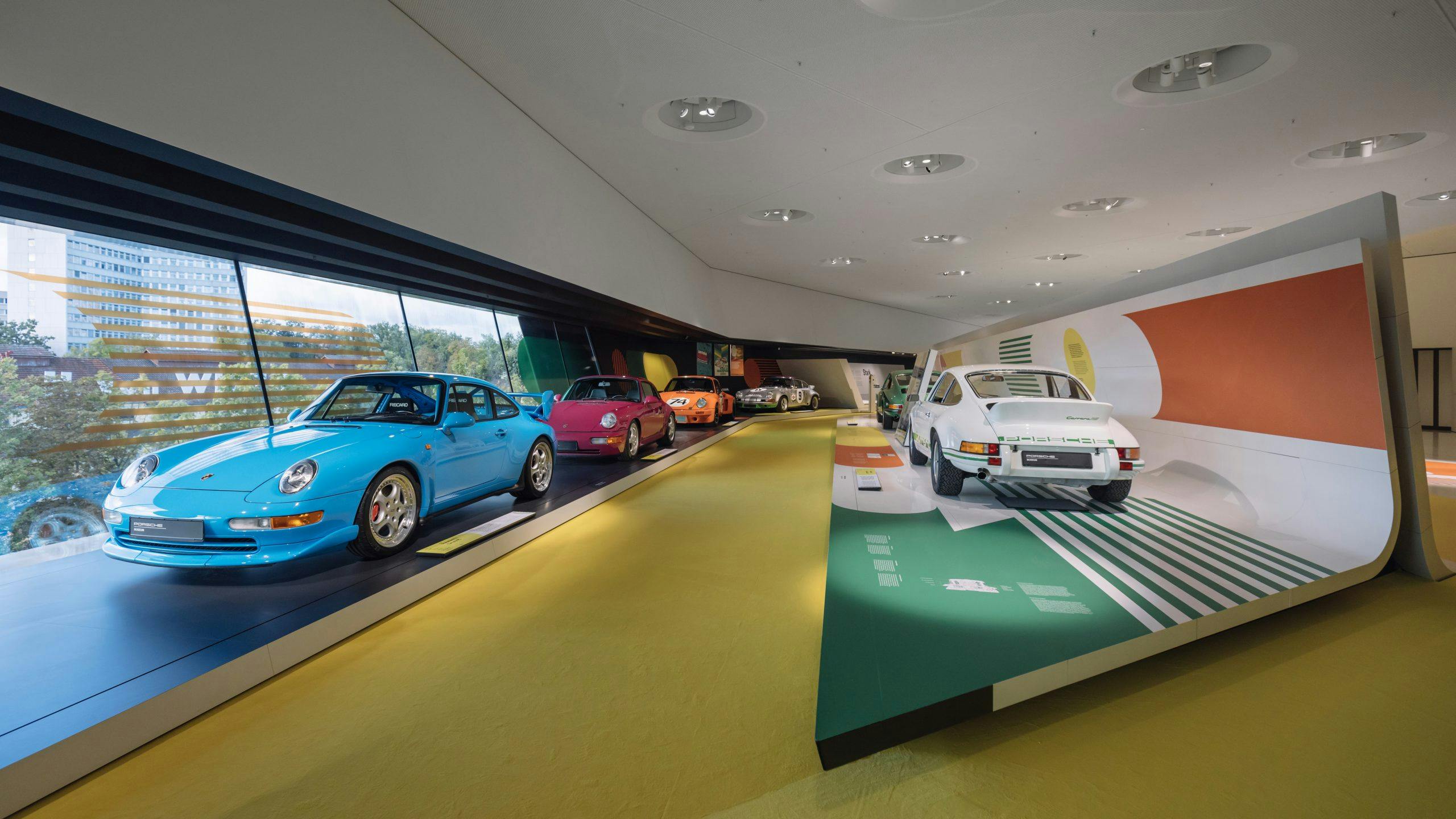
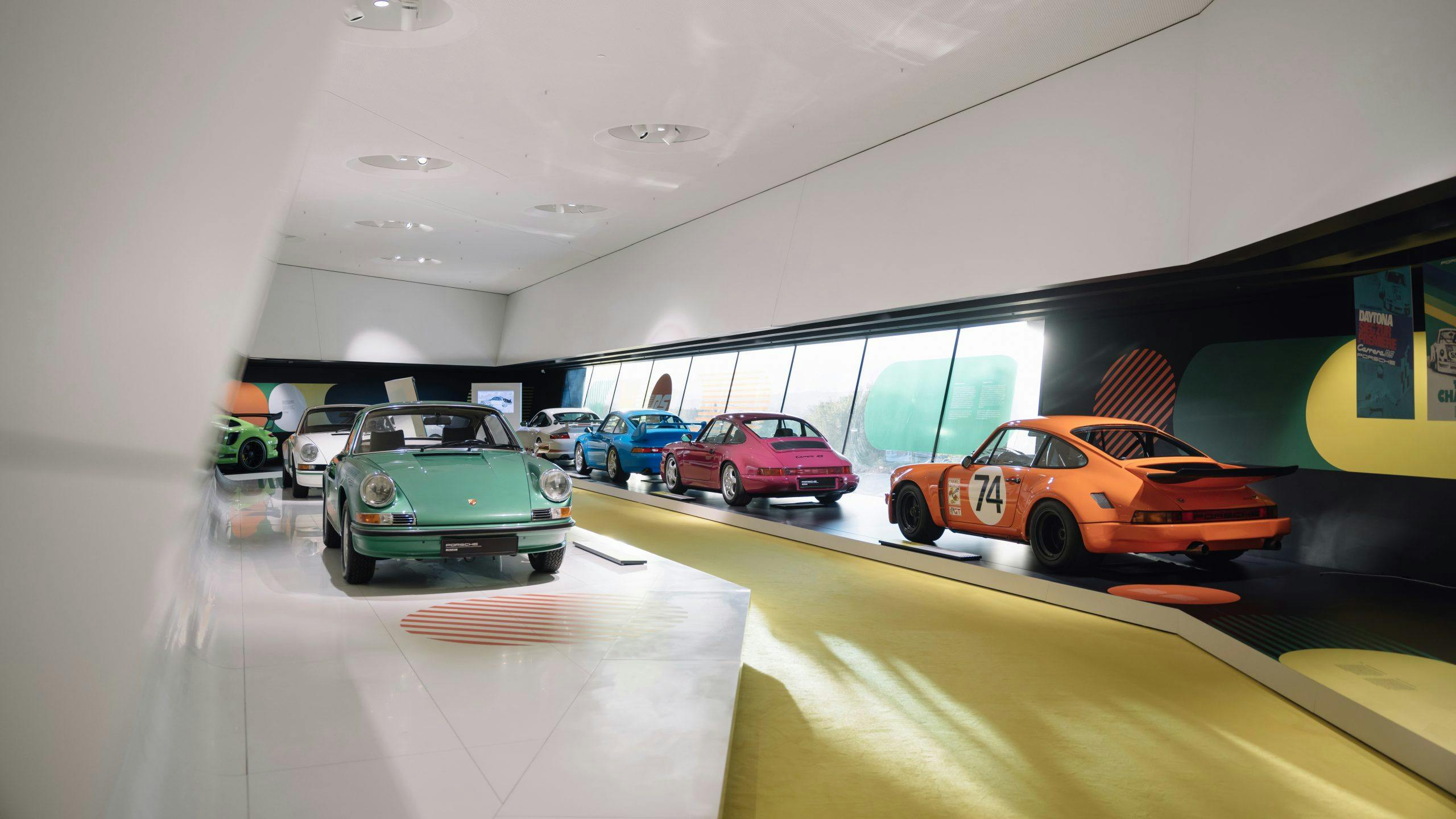
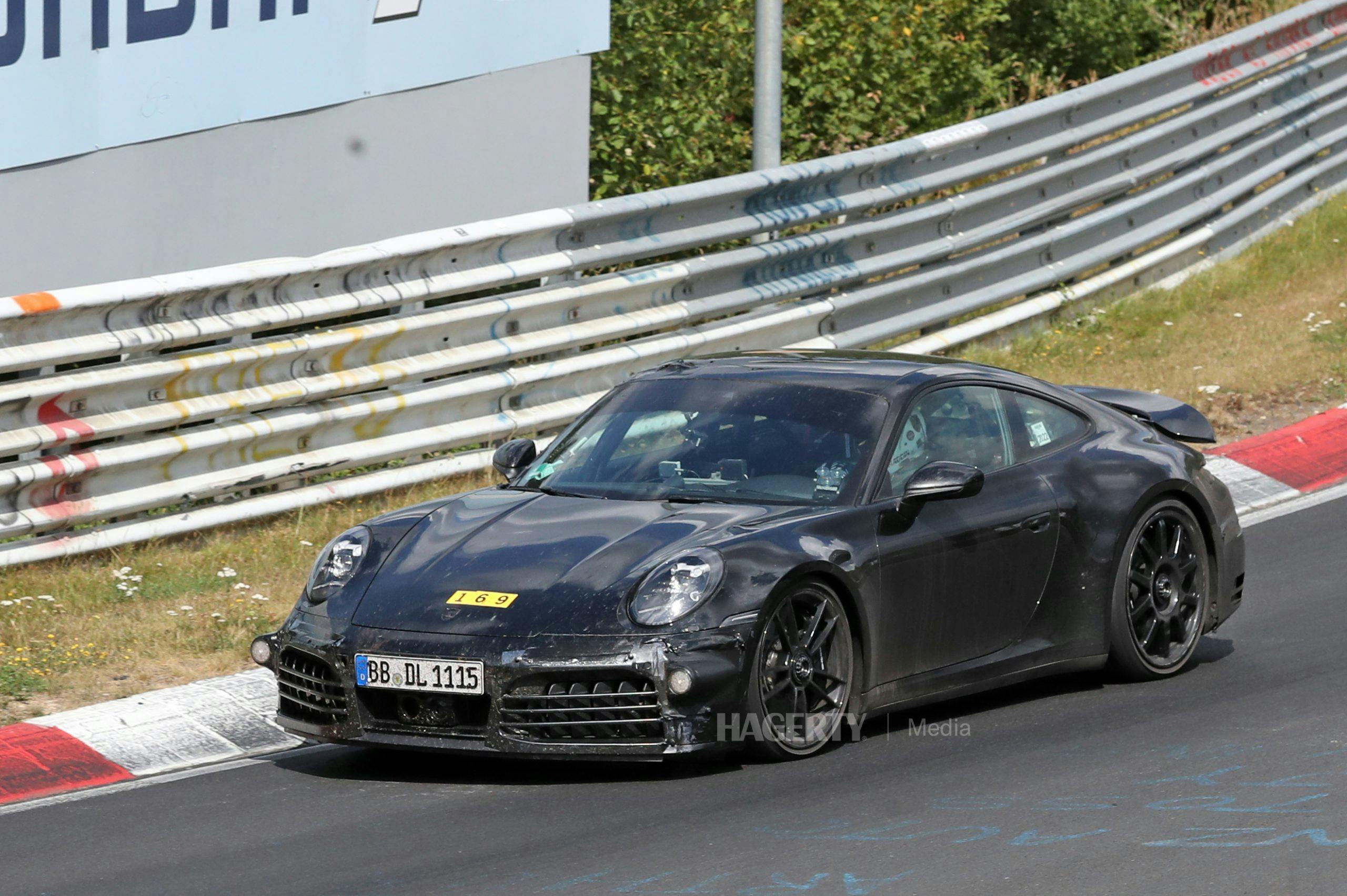
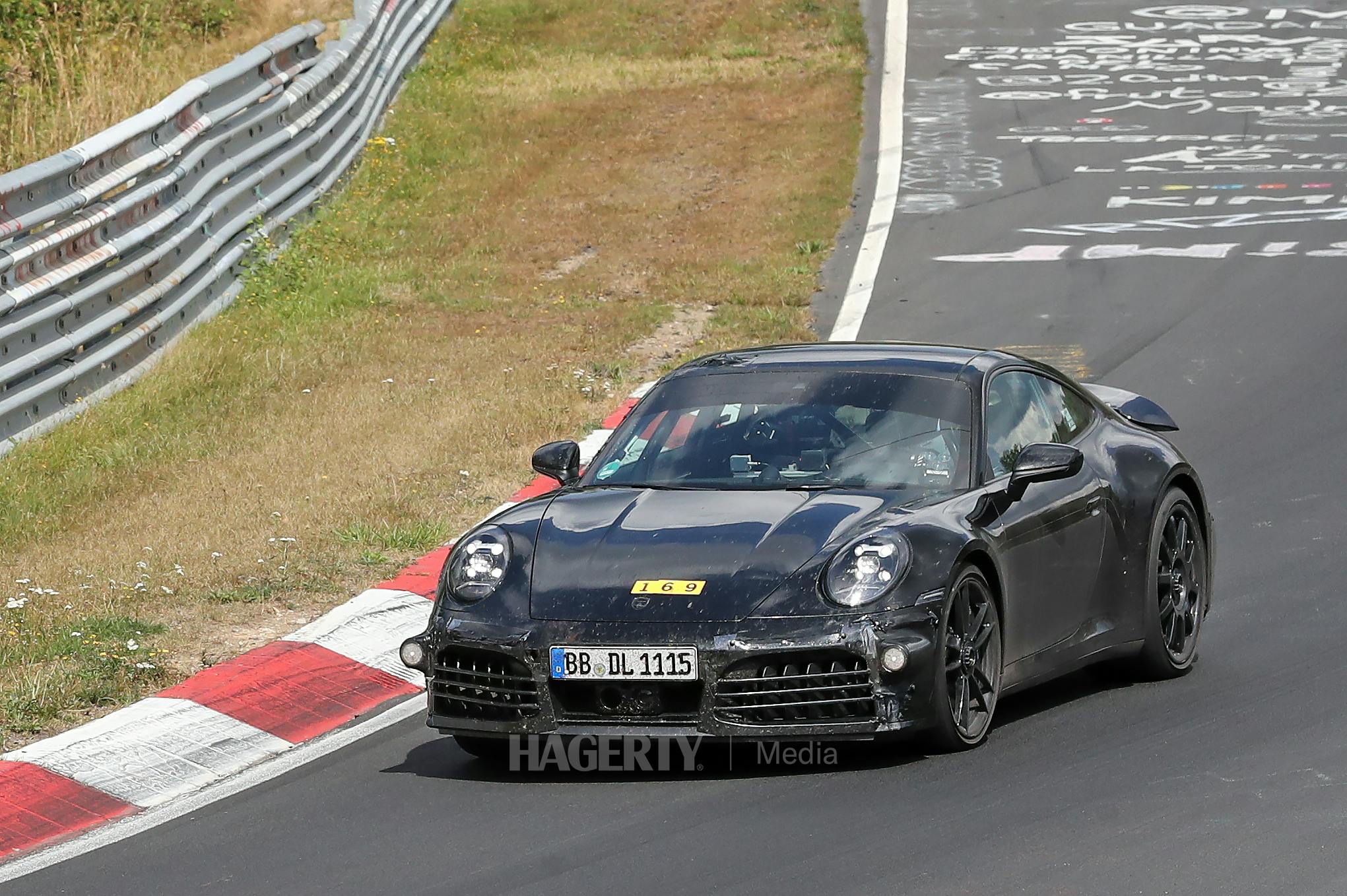

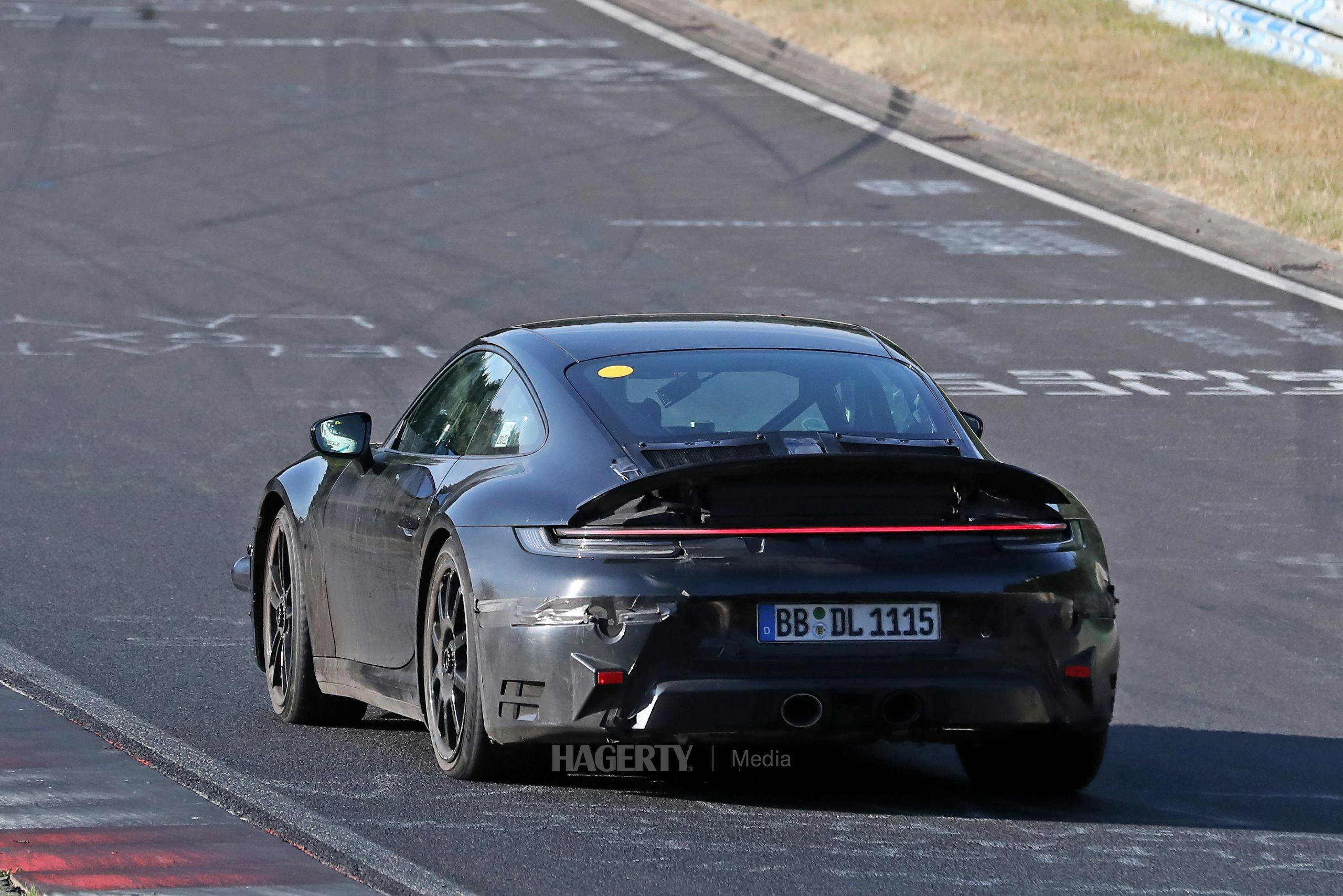

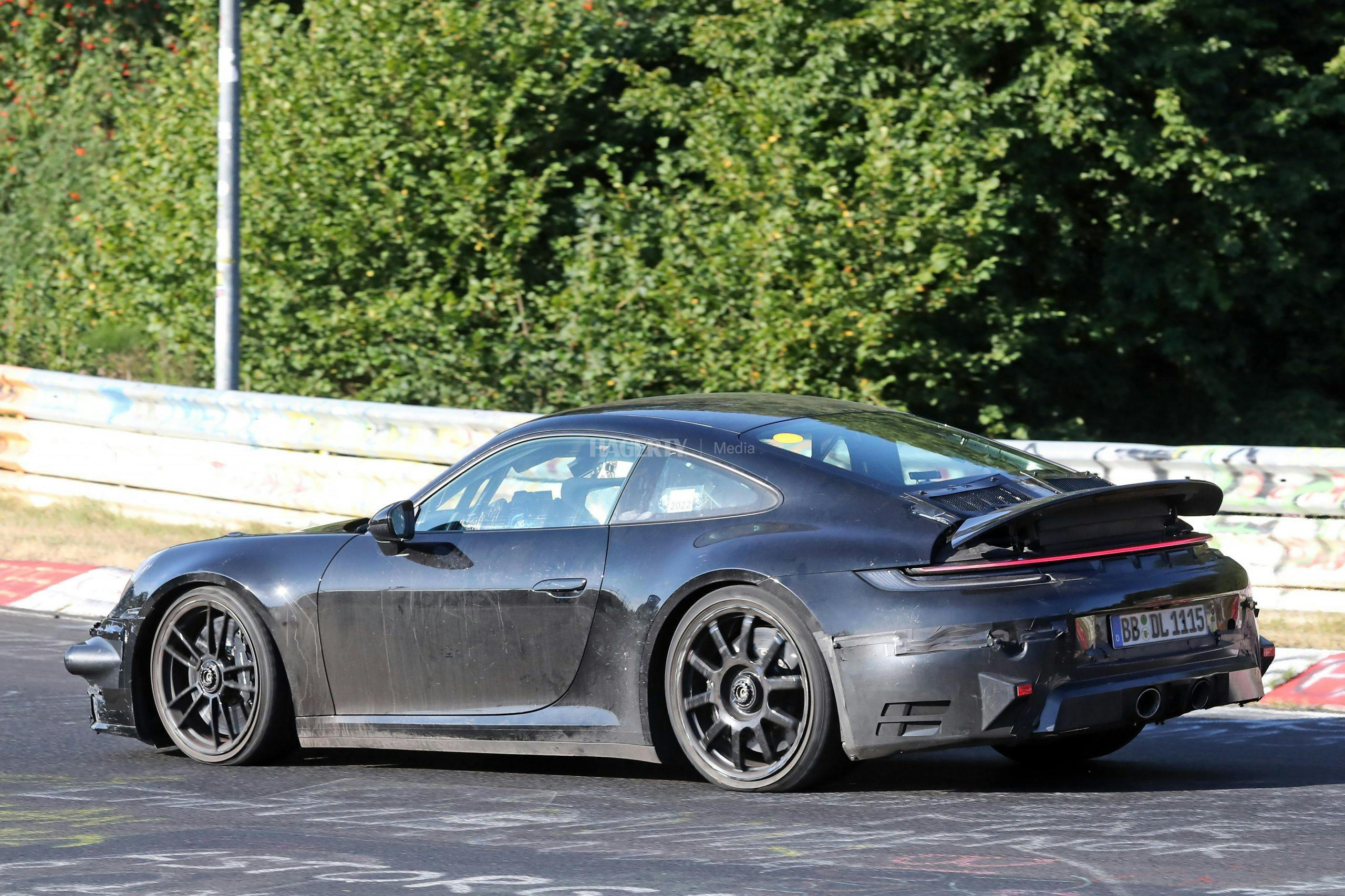
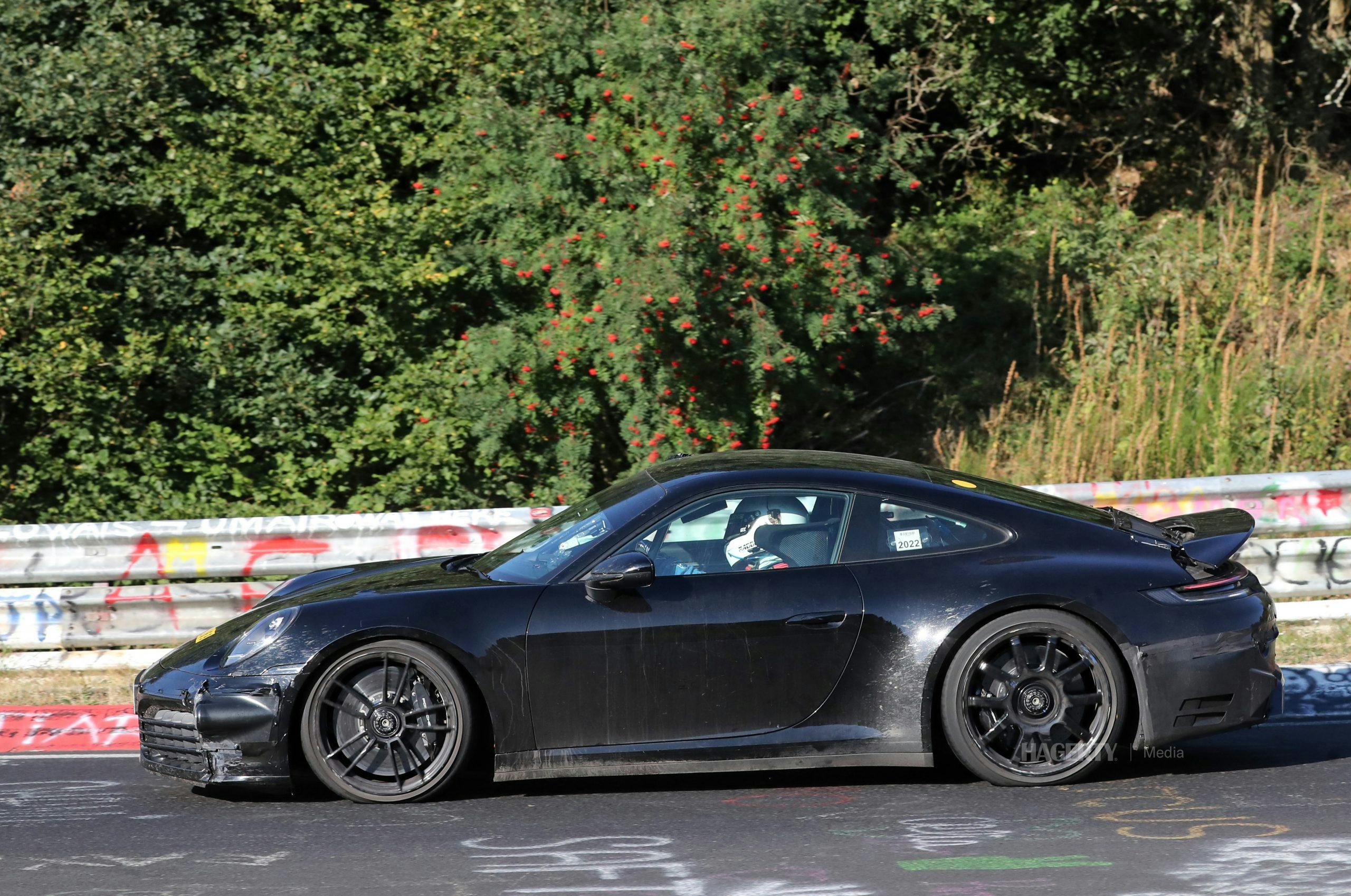
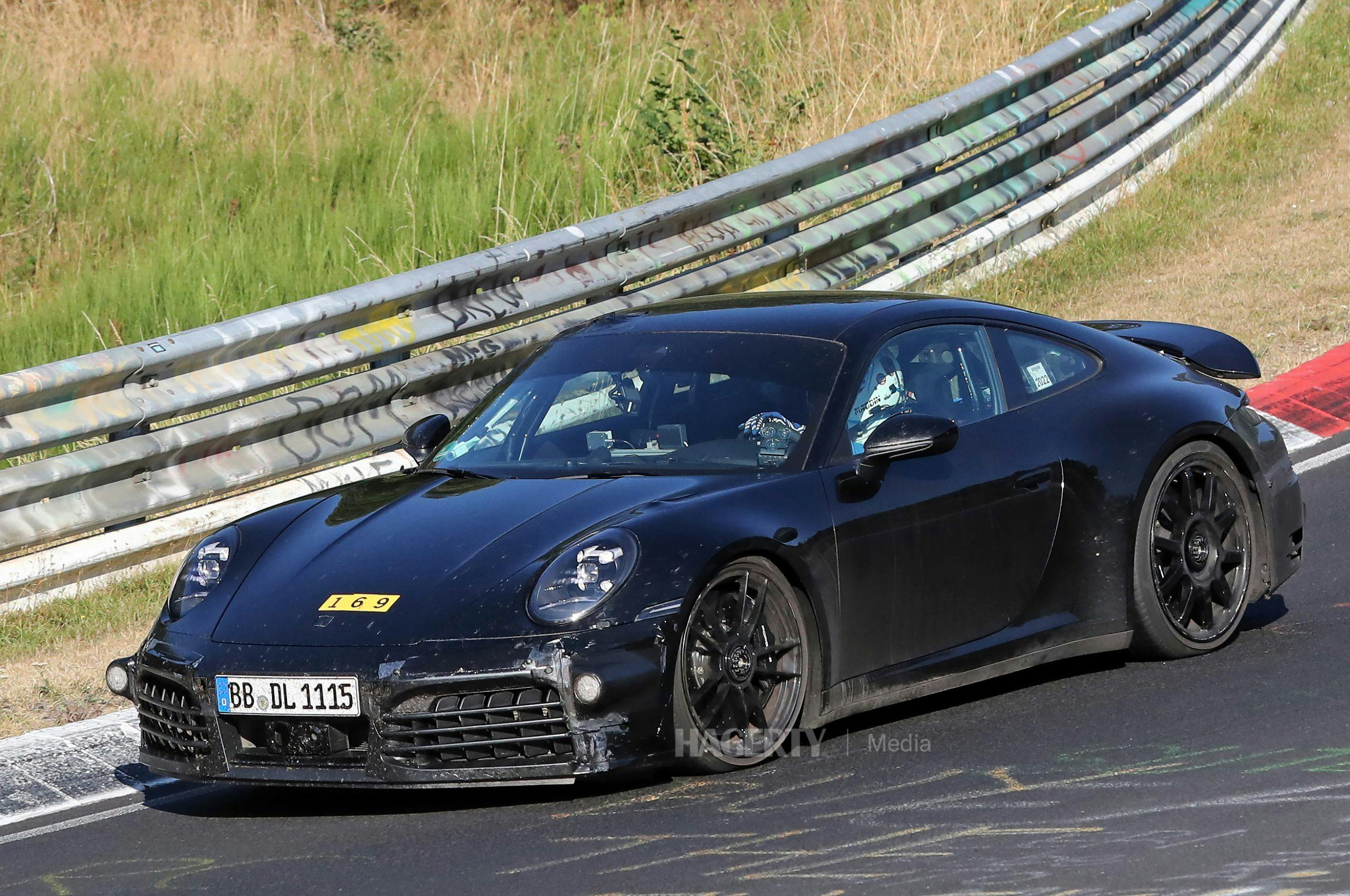

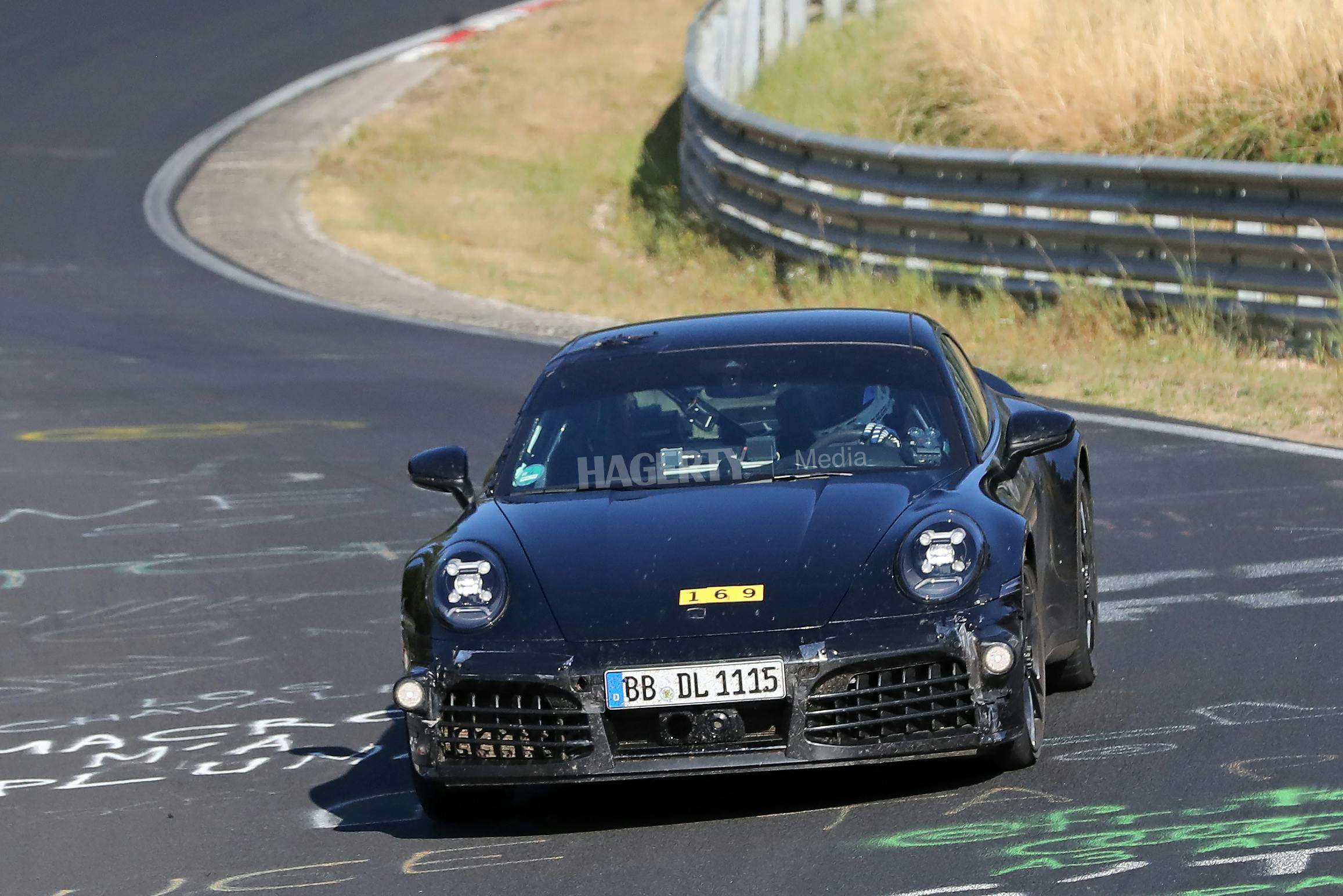


This Chip shortage thing has really hurt everyone. Manufacturers unable to sell and consumers who have to pay more for the priviledge to buy something and/or the waiting for the vehicle to arrive. I’m waiting on a 2022 model year car and now it will be a 2023 if it arrives.
I fear that we are being engineered into ordering vehicles from the dealers and then waiting our turn. Ford CEO said today that most of their big trucks are going that route. If so…we will pay huge premiums and margins will be just as huge for the manufacturers. Too bad we can’t get the American public to take a time out at buying new vehicles. I’m on that time out now.